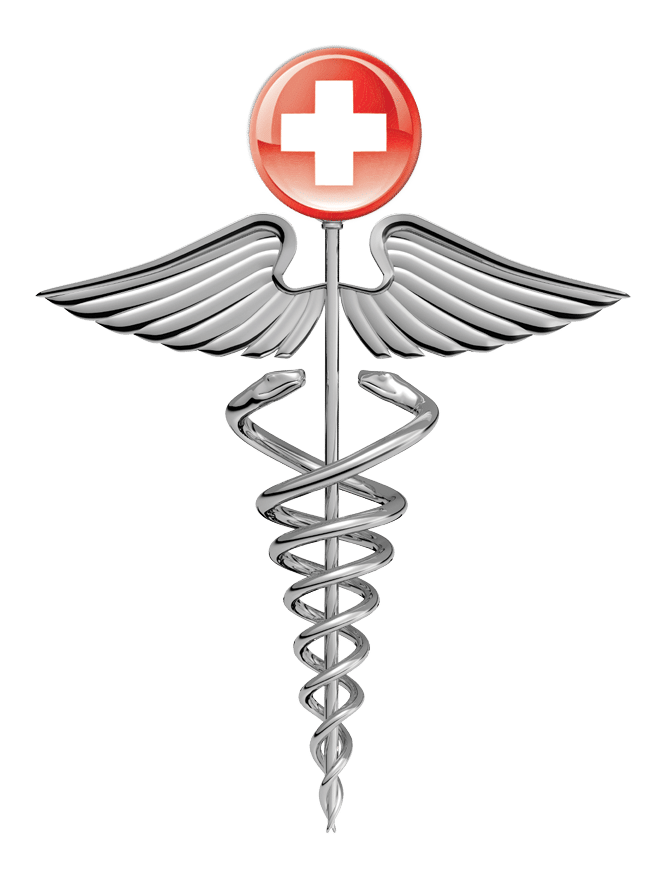Understanding UVA & UVB
It is a constant quest to understand and then explain the effects of UVA and UVB on our skin and our lives. Our involvement with the Skin Cancer Foundation, Johns Hopkins, Mayo Clinic, Scripps and various universities expose me to all sorts of information. I am always searching for the simplest and best explanations to help people understand UV radiation. Clearly I feel that I stand on the shoulders of many scientists and advocates. Below is by far the best I have seen as a simple elegant guide. It comes from the Skin Cancer Foundation and has an equally simple title.
| Understanding UVA and UVB |
 For a six billion-year-old star, the sun is certainly in the news a lot lately, mainly because it is still a source of uncertainty and confusion to many of us.The center of this confusion is the sun’s ultraviolet A (long-wave) and ultraviolet B (shortwave) rays. Our understanding of exactly what kinds of damage each causes to the skin, and how best to protect ourselves, seems to shift every year as new research comes out. For example, it was once thought that only UVB was of concern, but we keep learning more and more about the damage caused by UVA. And new, improved forms of protection against UVA keep emerging. Keeping up with these new developments is a worthwhile challenge that can help all of us prevent sun damage. For a six billion-year-old star, the sun is certainly in the news a lot lately, mainly because it is still a source of uncertainty and confusion to many of us.The center of this confusion is the sun’s ultraviolet A (long-wave) and ultraviolet B (shortwave) rays. Our understanding of exactly what kinds of damage each causes to the skin, and how best to protect ourselves, seems to shift every year as new research comes out. For example, it was once thought that only UVB was of concern, but we keep learning more and more about the damage caused by UVA. And new, improved forms of protection against UVA keep emerging. Keeping up with these new developments is a worthwhile challenge that can help all of us prevent sun damage.
What is Ultraviolet Radiation? UV radiation is part of the electromagnetic (light) spectrum that reaches the earth from the sun. It has wavelengths shorter than visible light, making it invisible to the naked eye. These wavelengths are classified as UVA, UVB, or UVC, with UVA the longest of the three at 320–400 nanometers (nm, or billionths of a meter). UVA is further divided into two wave ranges, UVA I, which measures 340-400 nanometers (nm, or billionths of a meter), and UVA II which extends from 320–400 nanometers. UVB ranges from 290 to 320 nm. With even shorter rays, most UVC is absorbed by the ozone layer and does not reach the earth. Both UVA and UVB, however, penetrate the atmosphere and play an important role in conditions such as premature skin aging, eye damage (including cataracts), and skin cancers. They also suppress the immune system, reducing your ability to fight off these and other maladies.
UV Radiation and Skin Cancer By damaging the skin’s cellular DNA, excessive UV radiation produces genetic mutations that can lead to skin cancer. Both the U.S. Department of Health and Human Services and the World Health Organization have identified UV as a proven human carcinogen. UV radiation is considered the main cause of nonmelanoma skin cancers (NMSC), including basal cell carcinoma (BCC) and squamous cell carcinoma (SCC). These cancers strike more than a million and more than 250,000 Americans, respectively, each year. Many experts believe that, especially for fair-skinned people, UV radiation also frequently plays a key role in melanoma, the deadliest form of skin cancer, which kills more than 8,000 Americans each year. UVA Most of us are exposed to large amounts of UVA throughout our lifetime. UVA rays account for up to 95 percent of the UV radiation reaching the Earth’s surface. Although they are less intense than UVB, UVA rays are 30 to 50 times more prevalent. They are present with relatively equal intensity during all daylight hours throughout the year, and can penetrate clouds and glass. UVA, which penetrates the skin more deeply than UVB, has long been known to play a major part in skin aging and wrinkling (photoaging), but until recently scientists believed it did not cause significant damage in areas of the epidermis (outermost skin layer) where most skin cancers occur. Studies over the past two decades, however, show that UVA damages skin cells called keratinocytes in the basal layer of the epidermis, where most skin cancers occur. (Basal and squamous cells are types of keratinocytes.) UVA contributes to and may even initiate the development of skin cancers.
Tanning booths primarily emit UVA. The high-pressure sunlamps used in tanning salons emit doses of UVA as much as 12 times that of the sun. Not surprisingly, people who use tanning salons are 2.5 times more likely to develop squamous cell carcinoma, and 1.5 times more likely to develop basal cell carcinoma. According to recent research, first exposure to tanning beds in youth increases melanoma risk by 75 percent. UVB
Protective Measures Protect yourself from UV radiation, both indoors and out. Always seek the shade outdoors, especially between 10 AM and 4 PM. And since UVA penetrates glass, consider adding flat, tinted UV-protective film to your car’s side and rear windows as well as to house and business windows. This film blocks up to 99.9 percent of UV radiation and lets in up to 80 percent of visible light.
More tips on sun safety can be found in our Guidelines.
Sun Protection Factor (SPF) and UV Radiation Since the advent of modern sunscreens, a sunscreen’s efficacy has been measured by its sun protection factor, or SPF. SPF is not an amount of protection per se. Rather, it indicates how long it will take for UVB rays to redden skin when using a sunscreen, compared to how long skin would take to redden without the product. For instance, someone using a sunscreen with an SPF of 15 will take 15 times longer to redden than without the sunscreen. An SPF 15 sunscreen screens 93 percent of the sun’s UVB rays; SPF 30 protects against 97 percent; and SPF 50, 98 percent. The Skin Cancer Foundation maintains that SPFs of 15 or higher are necessary for adequate protection.
Sunscreen Ingredients
Right Now To date, no criteria exist in the U.S. for measuring and labeling the amount of UVA defense a sunscreen provides. However, the FDA plans to introduce UVA standards within the next few years. The FDA would demand that manufacturers assess the sunscreen’s ability to screen out UVA with a series of tests, then the FDA would assign the sunscreen a 1 to 4 star rating, with 1 star indicating the lowest and 4 the highest amount of UVA protection. Manufacturers whose products did not meet the minimum requirements would have to label their products “No UVA protection.” New labels with UVA and UVB protection ratings might look like this: Meanwhile, for your skin’s sake, use a sunscreen with an SPF of 15 or higher every day to protect against UVB, along with some combination of UVA-shielding ingredients. And be aware that no matter what sunscreen you use, some UV radiation still gets through to your skin. So always follow a complete prevention program that includes seeking the shade and wearing protective clothing. If you follow our comprehensive Prevention Guidelines, you can enjoy yourself outdoors while staying protected from both UVA and UVB year-round, whatever the weather, wherever your locale.
|









